-
 Bitcoin
Bitcoin $106,782.3966
-0.72% -
 Ethereum
Ethereum $2,406.7764
-1.16% -
 Tether USDt
Tether USDt $1.0005
0.02% -
 XRP
XRP $2.0918
-1.53% -
 BNB
BNB $644.5785
-0.17% -
 Solana
Solana $141.0925
-0.69% -
 USDC
USDC $1.0000
0.02% -
 TRON
TRON $0.2721
0.18% -
 Dogecoin
Dogecoin $0.1585
-1.26% -
 Cardano
Cardano $0.5497
-1.14% -
 Hyperliquid
Hyperliquid $35.8493
-1.58% -
 Bitcoin Cash
Bitcoin Cash $502.3089
2.20% -
 Sui
Sui $2.7092
3.87% -
 Chainlink
Chainlink $12.8551
-1.85% -
 UNUS SED LEO
UNUS SED LEO $9.0548
0.53% -
 Stellar
Stellar $0.2344
-0.85% -
 Avalanche
Avalanche $17.2676
-0.23% -
 Toncoin
Toncoin $2.8282
0.56% -
 Shiba Inu
Shiba Inu $0.0...01113
-1.14% -
 Litecoin
Litecoin $83.9593
-0.93% -
 Hedera
Hedera $0.1447
0.82% -
 Monero
Monero $306.9022
-2.07% -
 Bitget Token
Bitget Token $4.6358
3.42% -
 Dai
Dai $0.9999
0.01% -
 Ethena USDe
Ethena USDe $1.0001
0.02% -
 Polkadot
Polkadot $3.3211
0.06% -
 Uniswap
Uniswap $6.8775
0.75% -
 Pi
Pi $0.5664
-0.27% -
 Aave
Aave $256.0055
1.28% -
 Pepe
Pepe $0.0...09013
-3.24%
Does EOS coin have investment value?
EOS's exceptional scalability, low transaction fees, strong security, and active developer community make it a promising blockchain platform for decentralized applications (dApps), offering both investment opportunities and drawbacks to consider.
Jan 10, 2025 at 02:50 pm
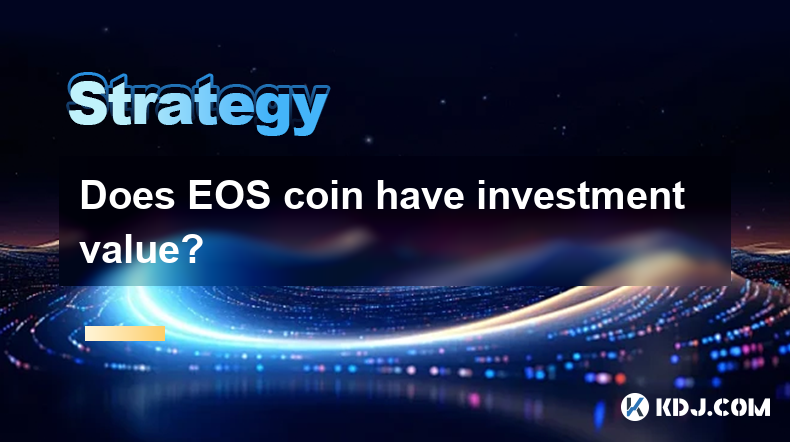
Key Points:
- Overview of EOS coin
- Factors to Consider for Investment Value
- EOS vs. Ethereum: A Comparison
- Pros and Cons of Investing in EOS
- Investment Strategies and Risk Management
- Future Prospects of EOS
Overview of EOS Coin:
- EOS is a blockchain platform founded by Dan Larimer, the co-founder of Bitshares and Steemit.
- It aims to provide a scalable, secure, and user-friendly platform for decentralized applications (dApps).
- EOS uses a proprietary consensus mechanism called Delegated Proof of Stake (DPoS), which allows for high transaction throughput and low transaction fees.
- The EOS token (EOS) is the native token of the EOS blockchain. It is used to pay transaction fees, participate in network governance, and stake for voting power.
Factors to Consider for Investment Value:
1. Blockchain Scalability:
EOS boasts exceptional scalability, handling millions of transactions per second, making it ideal for high-volume applications. This scalability is a significant advantage in the industry.
2. Transaction Fees:
EOS has remarkably low transaction fees, significantly reducing operating costs for dApp developers and users. This affordability enhances the platform's attractiveness and practicality.
3. Security:
EOS's DPoS consensus mechanism ensures robust network security. Block producers undergo a rigorous vetting process, reinforcing the blockchain's stability and reliability.
4. Developers and Community:
A vast developer community actively contributes to the EOS ecosystem, fostering innovation and ongoing development. This community involvement strengthens the platform's long-term sustainability.
EOS vs. Ethereum: A Comparison:
EOS is often compared to Ethereum, another leading blockchain platform. Here are the key differences:
- Consensus Mechanism: EOS uses DPoS while Ethereum employs Proof of Work (PoW). DPoS offers faster transaction speeds and reduced energy consumption.
- Transaction Fees: EOS has significantly lower transaction fees compared to Ethereum, making it more cost-effective for small transactions.
- Scalability: EOS is designed to handle greater transaction volumes, making it more suitable for high-throughput applications.
Pros and Cons of Investing in EOS:
Pros:
- High scalability and low transaction fees
- Proven track record and experienced team
- Strong community support and development activity
- Potential for growth as dApps gain adoption
Cons:
- High competition in the blockchain space
- Centralization concerns due to the DPoS mechanism
- EOS token price volatility
Investment Strategies and Risk Management:
1. Research and Due Diligence:
Thoroughly research EOS and the broader cryptocurrency landscape before investing. Conduct fundamental and technical analysis to assess the project's potential.
2. Portfolio Diversification:
Do not invest all your funds in EOS. Spread your investments across multiple cryptocurrencies to reduce risk.
3. Risk Management:
Set stop-loss orders to limit potential losses. Monitor the market and news closely to adjust your investment strategy as needed.
Future Prospects of EOS:
The future of EOS depends on several factors:
- Growth of dApps on the EOS blockchain.
- Development of EOSIO software and tools.
- Regulatory landscape for cryptocurrencies.
- Competition from other blockchain platforms.
FAQs:
1. What are the use cases of EOS?
EOS is primarily used for dApps development, including decentralized social media, finance, entertainment, and supply chain management.
2. How is EOS governance structured?
EOS uses a DPoS mechanism where 21 block producers maintain the blockchain. Token holders can vote for block producers to participate in network governance.
3. What is the EOSIO software?
EOSIO is an open-source blockchain software used to build and deploy dApps on the EOS blockchain. It provides developers with a modular and user-friendly framework.
4. What is the outlook for the EOS price?
The EOS price is influenced by supply and demand, market sentiment, and broader industry trends. Cryptocurrency prices are volatile, and it is essential to invest cautiously.
Disclaimer:info@kdj.com
The information provided is not trading advice. kdj.com does not assume any responsibility for any investments made based on the information provided in this article. Cryptocurrencies are highly volatile and it is highly recommended that you invest with caution after thorough research!
If you believe that the content used on this website infringes your copyright, please contact us immediately (info@kdj.com) and we will delete it promptly.
- Ruvi AI: The Cardano Successor Delivering Massive ROI Forecasts?
- 2025-06-28 06:30:12
- Ruvi AI: The 100x Bull Run Contender Outshining Binance Coin?
- 2025-06-28 06:30:12
- Moonshot, Memecoins, and Apple Pay: A New Era of Crypto?
- 2025-06-28 06:41:55
- Bitcoin, Energy, and Fed Rate Cuts: Navigating the New Crypto Landscape
- 2025-06-28 06:41:56
- Euro Stablecoins Surge: Can They Outpace the Dollar?
- 2025-06-28 06:41:56
- Bitcoin, Stablecoins, and Treasuries: A New Era of Digital Finance
- 2025-06-28 04:50:12
Related knowledge
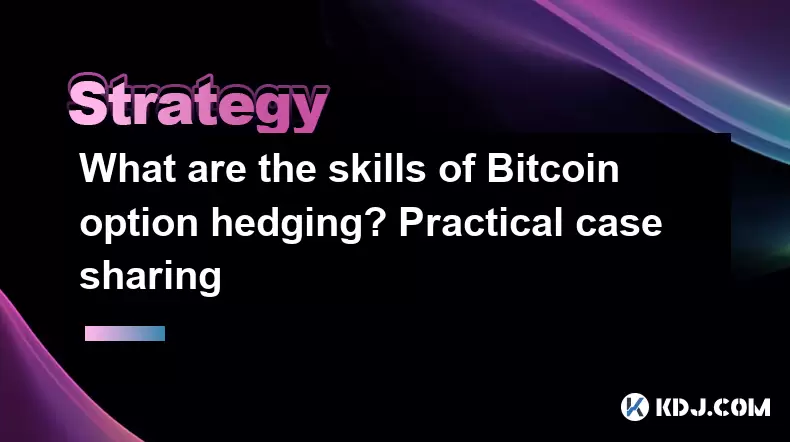
What are the skills of Bitcoin option hedging? Practical case sharing
Jun 24,2025 at 04:01pm
Understanding Bitcoin Option HedgingBitcoin option hedging is a risk management strategy used by traders and investors to protect their positions in the volatile cryptocurrency market. By using options, individuals can limit potential losses while retaining the opportunity for profit. In essence, it allows one to insulate against adverse price movements...
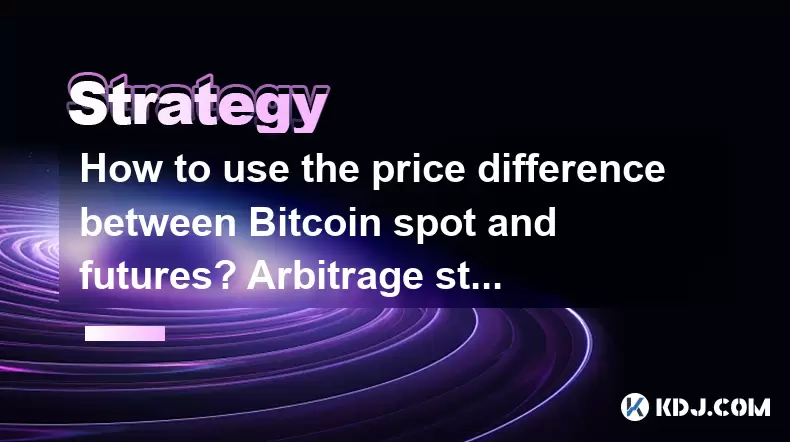
How to use the price difference between Bitcoin spot and futures? Arbitrage strategy
Jun 20,2025 at 02:56pm
Understanding Bitcoin Spot and Futures MarketsTo effectively leverage arbitrage opportunities between Bitcoin spot and futures markets, it's essential to understand the fundamental differences between these two types of markets. The spot market refers to the direct buying and selling of Bitcoin for immediate delivery at the current market price. In cont...
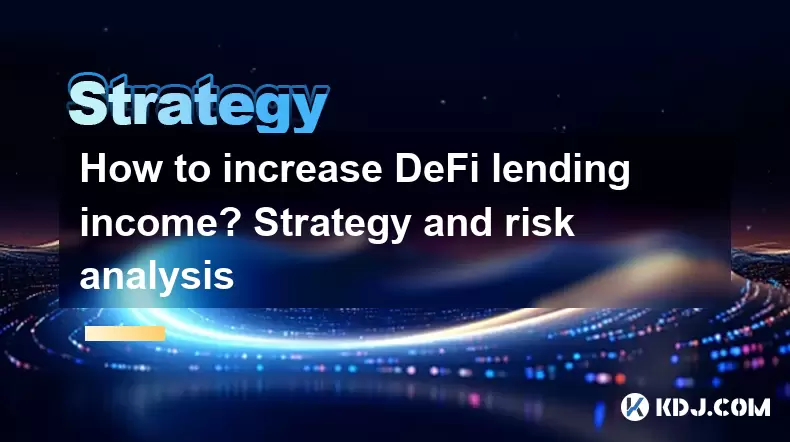
How to increase DeFi lending income? Strategy and risk analysis
Jun 24,2025 at 02:08pm
Understanding DeFi Lending and Its Income PotentialDeFi (Decentralized Finance) lending has emerged as a popular way to earn passive income in the cryptocurrency space. Unlike traditional banking systems, DeFi lending platforms allow users to lend their crypto assets directly to borrowers without intermediaries. The lenders earn interest based on the su...
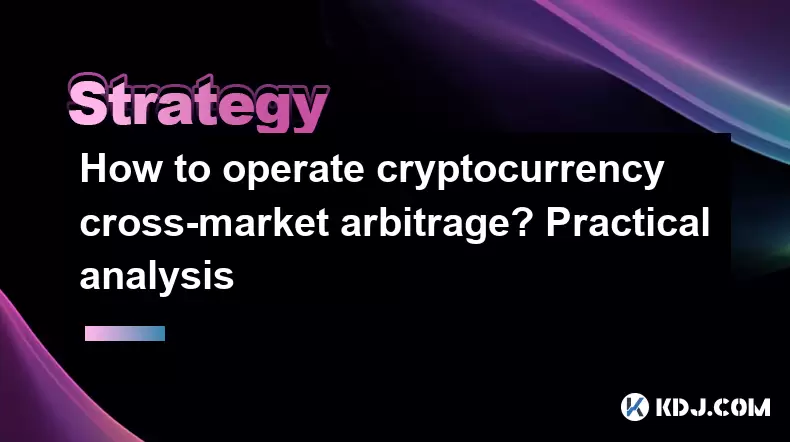
How to operate cryptocurrency cross-market arbitrage? Practical analysis
Jun 23,2025 at 04:01am
Understanding Cryptocurrency Cross-Market ArbitrageCryptocurrency cross-market arbitrage involves taking advantage of price differences for the same digital asset across different exchanges. The core idea is to buy low on one exchange and sell high on another, capturing the profit from the discrepancy. This strategy relies heavily on real-time market da...

How to make profits from high-frequency cryptocurrency trading? Sharing core skills
Jun 19,2025 at 05:07pm
Understanding High-Frequency Cryptocurrency TradingHigh-frequency trading (HFT) in the cryptocurrency market involves executing a large number of trades at extremely fast speeds, often within milliseconds. This method relies on small price discrepancies across exchanges or within a single exchange’s order book. Traders use complex algorithms and ultra-l...

What are the methods of cryptocurrency quantitative trading? Detailed analysis
Jun 22,2025 at 11:07pm
Understanding the Core of Cryptocurrency Quantitative TradingCryptocurrency quantitative trading refers to the use of mathematical models and algorithms to execute trades in the digital asset market. Unlike traditional discretionary trading, which relies heavily on human judgment, quantitative trading leverages data-driven strategies to identify profita...

What are the skills of Bitcoin option hedging? Practical case sharing
Jun 24,2025 at 04:01pm
Understanding Bitcoin Option HedgingBitcoin option hedging is a risk management strategy used by traders and investors to protect their positions in the volatile cryptocurrency market. By using options, individuals can limit potential losses while retaining the opportunity for profit. In essence, it allows one to insulate against adverse price movements...

How to use the price difference between Bitcoin spot and futures? Arbitrage strategy
Jun 20,2025 at 02:56pm
Understanding Bitcoin Spot and Futures MarketsTo effectively leverage arbitrage opportunities between Bitcoin spot and futures markets, it's essential to understand the fundamental differences between these two types of markets. The spot market refers to the direct buying and selling of Bitcoin for immediate delivery at the current market price. In cont...

How to increase DeFi lending income? Strategy and risk analysis
Jun 24,2025 at 02:08pm
Understanding DeFi Lending and Its Income PotentialDeFi (Decentralized Finance) lending has emerged as a popular way to earn passive income in the cryptocurrency space. Unlike traditional banking systems, DeFi lending platforms allow users to lend their crypto assets directly to borrowers without intermediaries. The lenders earn interest based on the su...

How to operate cryptocurrency cross-market arbitrage? Practical analysis
Jun 23,2025 at 04:01am
Understanding Cryptocurrency Cross-Market ArbitrageCryptocurrency cross-market arbitrage involves taking advantage of price differences for the same digital asset across different exchanges. The core idea is to buy low on one exchange and sell high on another, capturing the profit from the discrepancy. This strategy relies heavily on real-time market da...

How to make profits from high-frequency cryptocurrency trading? Sharing core skills
Jun 19,2025 at 05:07pm
Understanding High-Frequency Cryptocurrency TradingHigh-frequency trading (HFT) in the cryptocurrency market involves executing a large number of trades at extremely fast speeds, often within milliseconds. This method relies on small price discrepancies across exchanges or within a single exchange’s order book. Traders use complex algorithms and ultra-l...

What are the methods of cryptocurrency quantitative trading? Detailed analysis
Jun 22,2025 at 11:07pm
Understanding the Core of Cryptocurrency Quantitative TradingCryptocurrency quantitative trading refers to the use of mathematical models and algorithms to execute trades in the digital asset market. Unlike traditional discretionary trading, which relies heavily on human judgment, quantitative trading leverages data-driven strategies to identify profita...
See all articles























































































